Audio Primer
Introduction
Have you ever looked at a pattern you love and wondered where it really came from? The clothes we wear are a walking map of global history. Each thread connects us to a different culture, a different set of hands, and a different story.
This quiz is a celebration of that journey. It’s not about “who stole what,” but about “who shared what.” It’s an opportunity to appreciate the incredible artists and cultures who first created the patterns we now see everywhere.
We’ll explore the rich stories behind iconic textiles, from the intricate paisley of Kashmir and Persia, to the wax-resist magic of Indonesian batik, the vibrant geometry of Ghanaian Kente cloth, and the classic checks of Scottish tartan.
By taking this quiz, you’re not just testing your knowledge; you’re learning to appreciate the journey these textiles took. You’ll gain a deeper respect for the “fabric” of our world and the amazing global exchange of ideas that makes fashion so exciting.
Learning Quiz
This is a learning quiz from English Plus Podcast, in which, you will be able to learn from your mistakes as much as you will learn from the answers you get right because we have added feedback for every single option in the quiz, and to help you choose the right answer if you’re not sure, there are also hints for every single option for every question. So, there’s learning all around this quiz, you can hardly call it quiz anymore! It’s a learning quiz from English Plus Podcast.
Quiz Takeaways | The Fabric of Our World
Hello, and welcome! You’ve just finished the quiz, and I hope it gave you a new appreciation for what you’re wearing right now. The clothes on our backs are a living history book. That pattern on your scarf, the weave of your shirt, the print on your dress… they are all postcards from somewhere in the world, from some point in time. This is what we wanted to celebrate: the fact that fashion is a global story, a beautiful exchange of human creativity.
What we learned in the quiz is that these textiles we love so much can be grouped by the incredible techniques used to make them.
Let’s start with one of the most magical techniques: dyeing and resist. This is the art of telling a dye where not to go. The most famous example, as we learned, is Batik from Indonesia, specifically the island of Java. This art form, which UNESCO calls a Masterpiece of Humanity, uses hot, melted wax. An artisan uses a tool called a tjanting to “draw” with the wax on the cloth. When the cloth is dyed, the wax “resists” the color, and the pattern is revealed.
We saw this “resist” idea in other cultures, too. In Japan, it’s Shibori, an ancient art of binding, folding, or twisting the cloth before dyeing it, often in a deep, rich indigo. This creates these beautiful, organic, almost water-like patterns. In Nigeria, the Yoruba people created Adire cloth, another indigo tradition. They would either tie the cloth with thread or paint a “resist” paste made of cassava starch onto the fabric. And in India, we found Bandhani, the art of tying thousands of tiny, tight knots to create intricate dot patterns.
Finally, in Mali, we saw one of the most amazing examples of this: Bogolanfini, or Mudcloth. This is an art form that is literally “of the earth.” Artisans paint patterns using iron-rich, fermented mud, which acts as both a dye and a resist to create those powerful, symbolic, black-and-white designs.
So, that’s one set of techniques. But what about when the pattern isn’t put on the cloth, but is built into the cloth itself? This is the story of the weave.
Here, we saw the famous Kente cloth from Ghana. This isn’t just a fabric; it’s a “talking cloth.” Each brightly colored, woven strip is full of symbolic meaning, and in the Ashanti kingdom, it was originally reserved for royalty. In Scotland, we saw the same idea of a “talking” weave with Tartan. The pattern, or “sett,” identified a specific clan or family. It’s a woven badge of identity. From that same country, we also saw Houndstooth, a different kind of weave from the Scottish Lowlands that gives us that classic “broken check.”
And in the United States, we learned about Navajo weaving. For the Diné people, this is a spiritual, cultural, and economic cornerstone. Using traditional upright looms, weavers create stunning geometric blankets and rugs that are potent symbols of their identity and cultural survival. On the other side of the world, in China, we saw the height of woven luxury: Silk Brocade. This was the treasure of the ancient world. The secret of how to raise silkworms and weave their threads was guarded for centuries, and these brocades, often woven with real gold, were the engine of the Silk Road.
But you don’t always have to dye or weave a pattern. You can also paint or print it. In India, we saw Kalamkari, which literally means “pen-work.” This is the art of drawing and painting intricate designs, often stories from Hindu mythology, directly onto the cloth with natural dyes. Compare that to 18th-century Toile de Jouy from France. This was a printed fabric, using copper plates to stamp romantic, pastoral scenes in a single color. It’s fascinating to see two cultures “painting” on cloth, but telling such different stories. And in South Africa, we found Shweshwe, a printed fabric that has a story of cultural exchange. It was introduced by European settlers, but was so fully embraced and adopted, particularly by Xhosa women, that it has become a unique and powerful symbol of South African identity today.
This brings us to the most important theme: the journey of a pattern. This is where we see how ideas travel. The best example is Paisley. The design, which the world calls “Paisley,” is an ancient Persian and Kashmiri boteh or buta motif. When these luxurious shawls were imported to Europe, they became the height of fashion. A town in Scotland, Paisley, became the world’s number one producer of imitations of this design, and soon, the town’s name replaced the pattern’s name. The pattern traveled the world and got a new identity, but its soul is still in Kashmir.
We saw the same thing with the Madras check from Chennai, India. A simple, lightweight cotton, it was exported and became the signature fabric of “preppy” American fashion—a world away from its hot, humid origins. And then there’s Gingham, the simple check we all know. We think of it as American or French, but its name comes from the Malay word genggang, which means “striped.” This tells us the original idea was imported from Southeast Asia to Europe, where it was adopted and became a staple.
Finally, we looked at textiles that are pure construction. These aren’t just woven or dyed; they’re built. In Uzbekistan, we saw Suzani, a word for “needle-work.” These are the massive, breathtakingly beautiful embroidered tapestries made by brides, covered in symbols for luck, fertility, and protection. In Panama, the Kuna women create Molas. This is a totally unique art of “reverse appliqué,” where they layer colored fabrics, then cut away the top layers to reveal the pattern below. It’s like sculpting with cloth. And in Belgium, we saw Lace, a fabric that isn’t woven at all, but is built by looping and knotting a single thread into an intricate, airy design that was once so valuable it was called “white gold.”
So, as you can see, every time you get dressed, you’re participating in this massive, beautiful, global story. You’re wearing the legacy of an Indonesian artisan, a Scottish weaver, a Japanese dyer, a Kuna artist. Knowing the origins—knowing your Kente from your Kalamkari—doesn’t divide us. It connects us. It makes our world and our wardrobes infinitely richer.
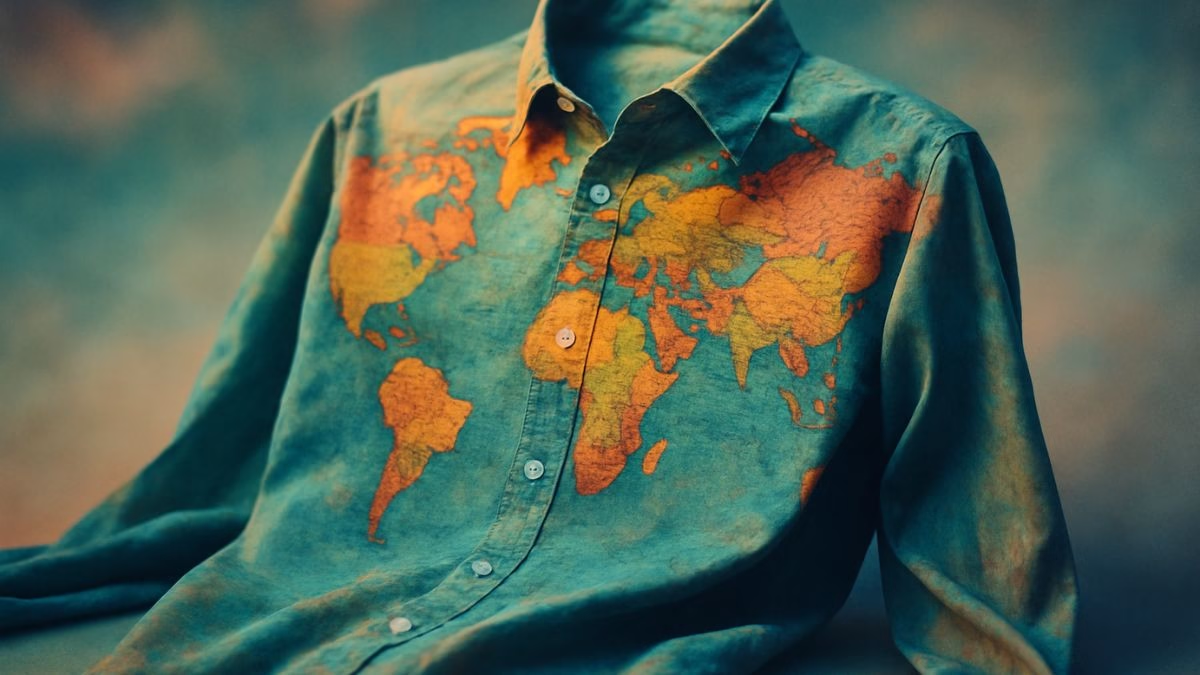
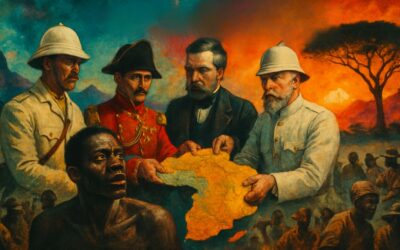


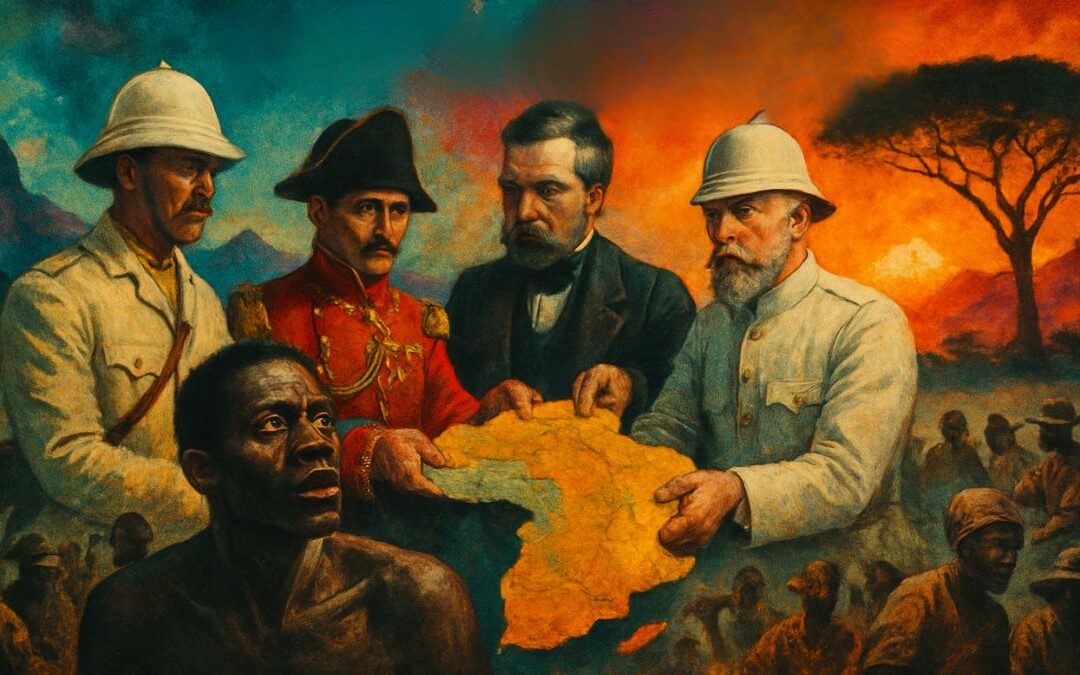
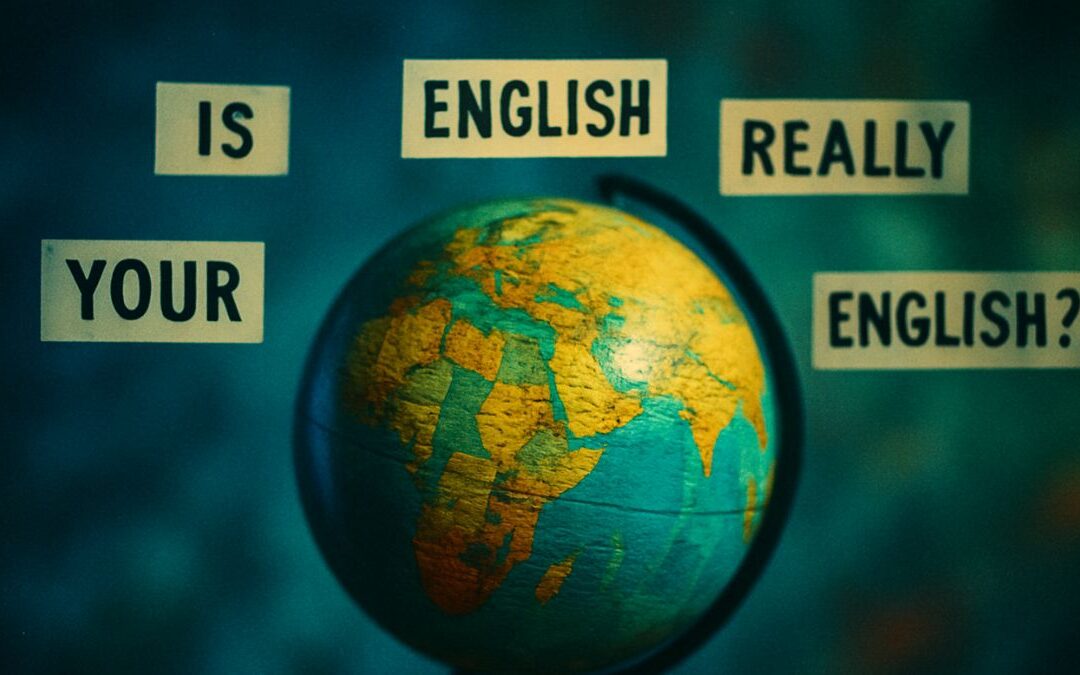

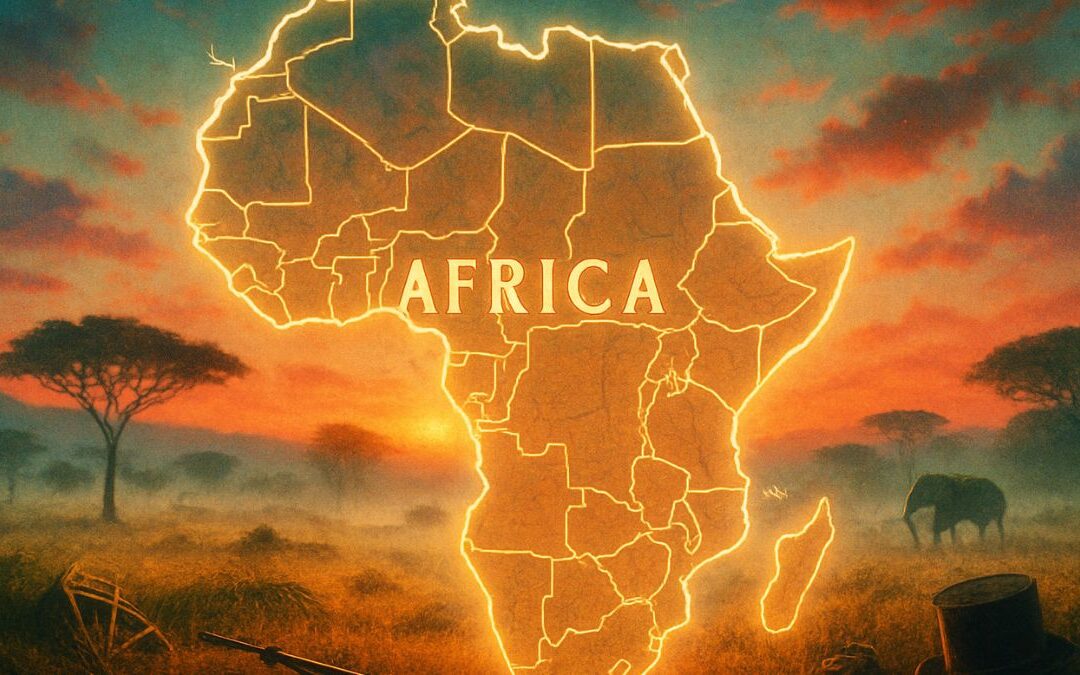
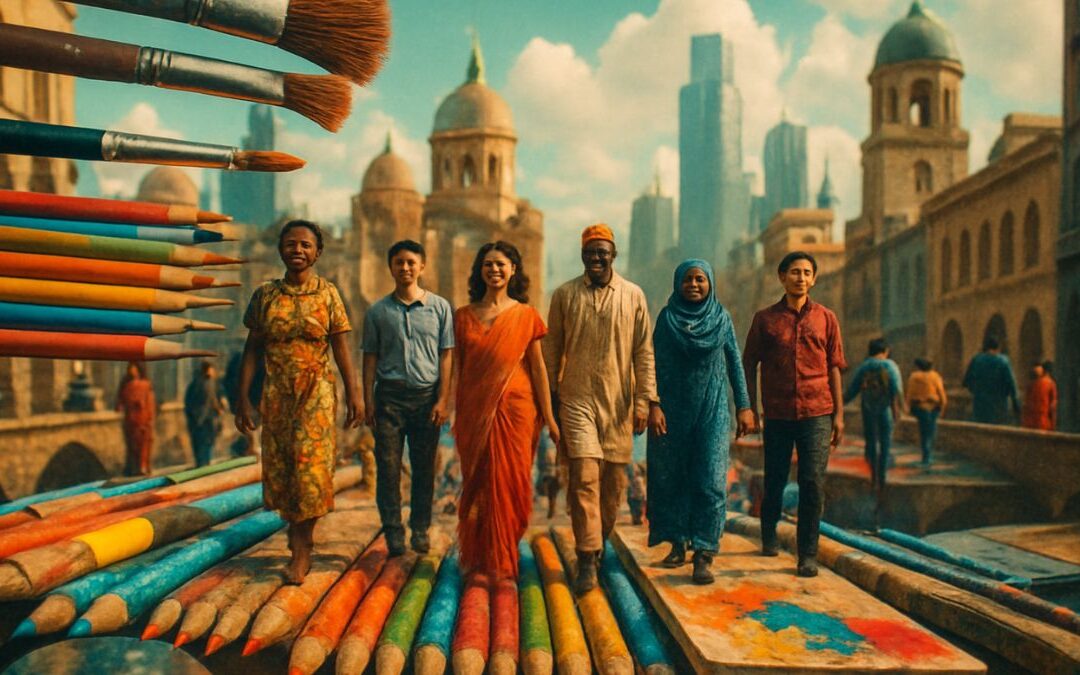
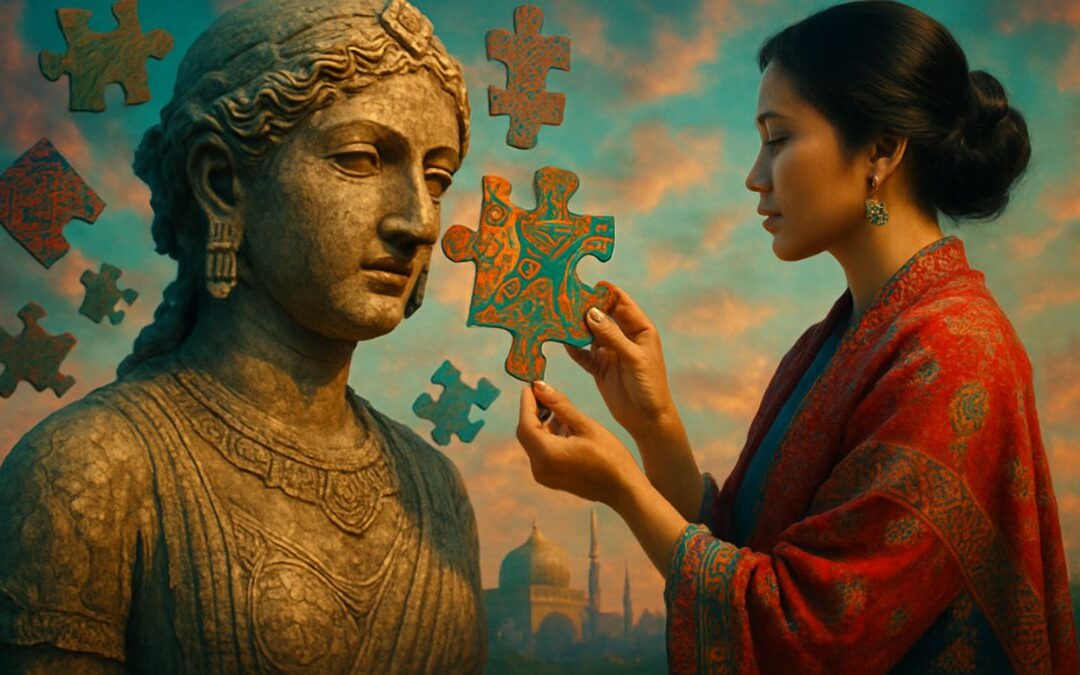
0 Comments